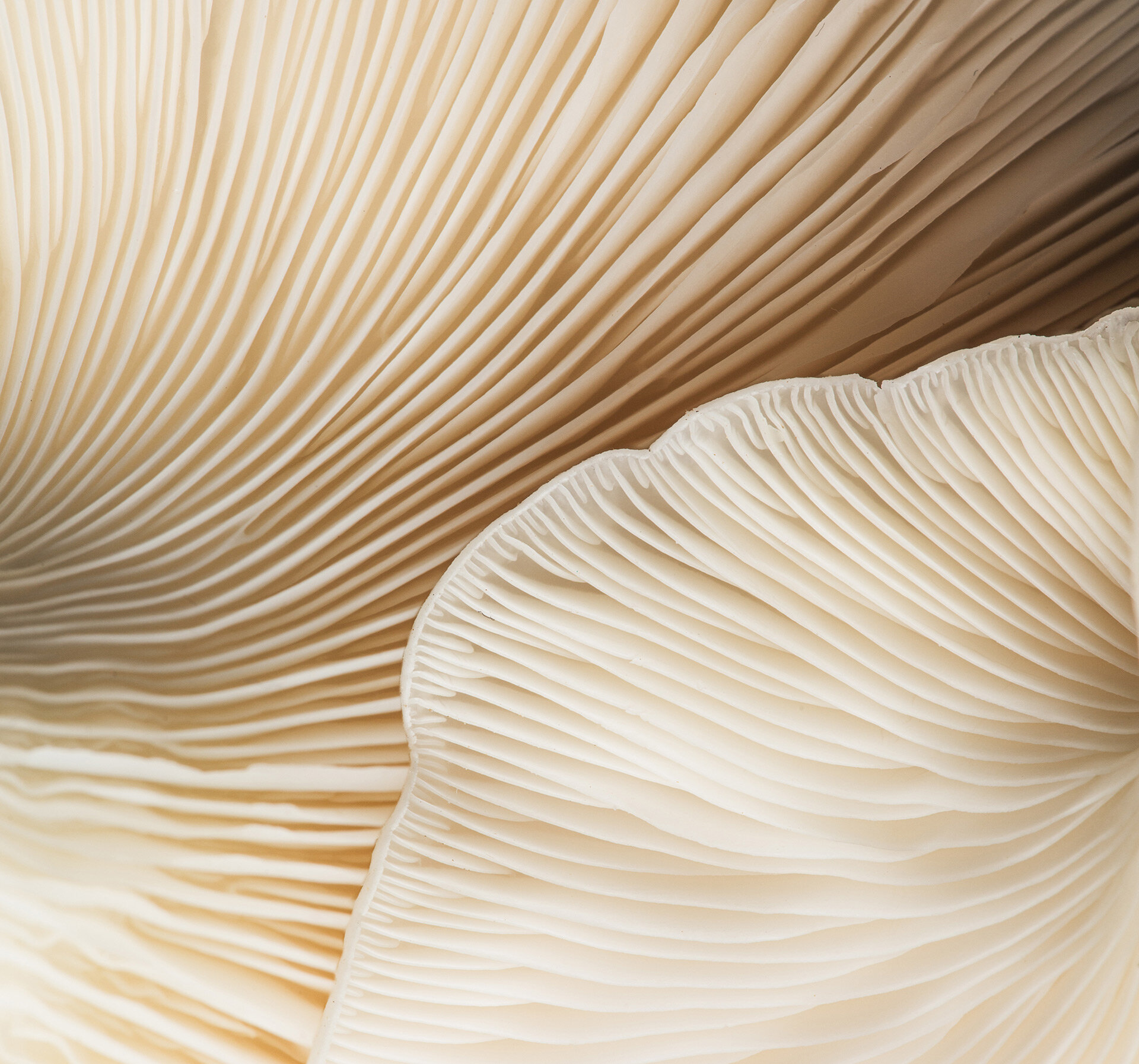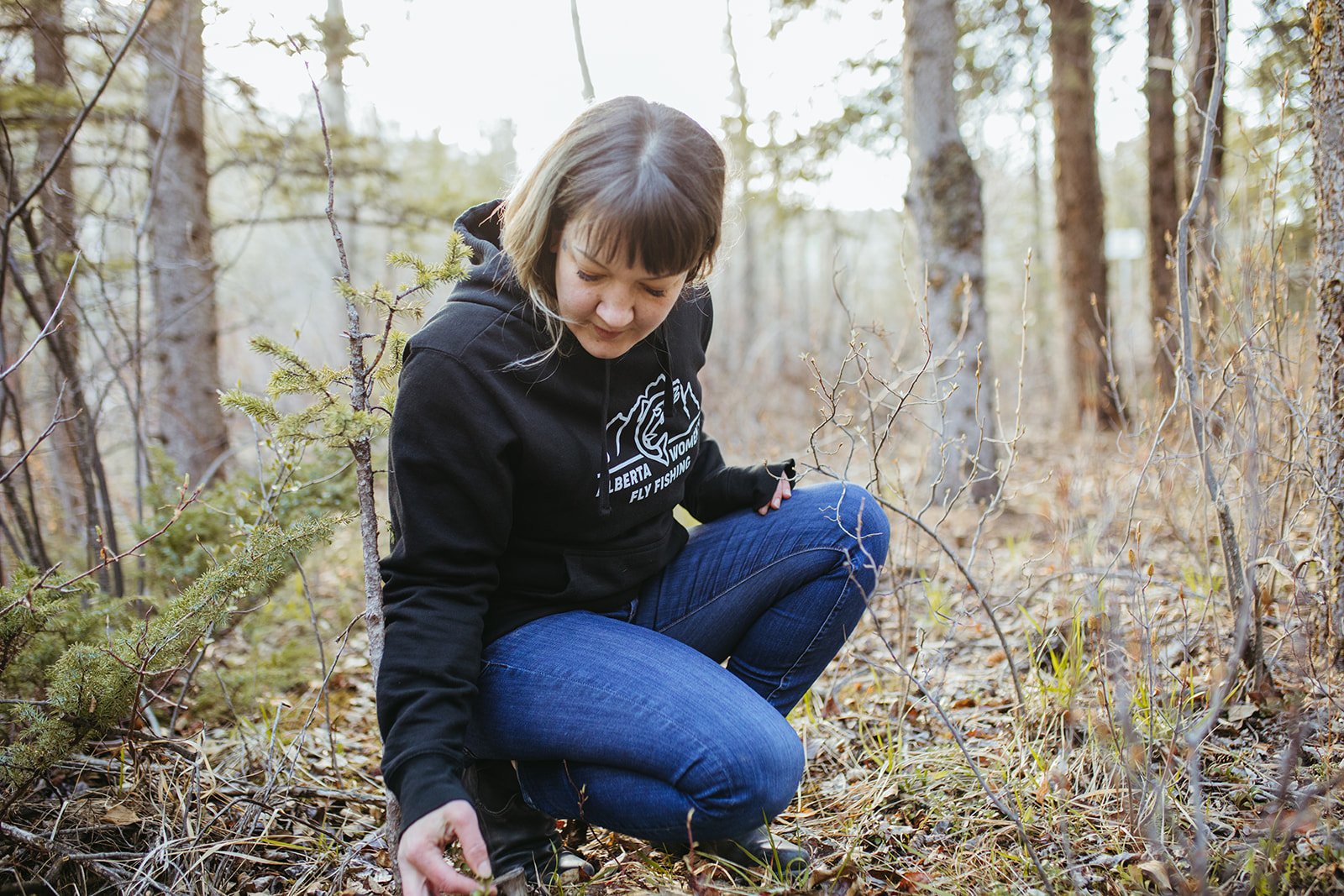
Foraging
Interactive Classes
To take place in Canmore, when spring finally arrives here in the mountains!
Weekly Sessions
Classes will begin in just a few weeks!
Book your foraging session with TRacy!
Learning How to Forage is HARD, but one of the most rewarding things that you will ever do.
I always end up telling people that I am broken. No matter where we are or what we are doing, it becomes engrained in you. Not the pursuit of just harvesting, but of identifying and understanding why that particular species grows there, does the difference in the sunlight affect the flavour as well as the colour, and nuances such as this. As you learn, you will become more familiar with the territory in which things grow, the distinctions to identify them, and even their flavour profiles. Getting to know the very things we walked by every day for years is the most engaging and invaluable skill, I believe. It is connection, sustainability, and a deeper understanding of even where modern “vegetables” come from. It is also an amazing activity to engage your friends, family (if your children are old enough to understand the safety), and provides a great opportunity for bonding or getting in touch with nature. But first, here are my guidelines:
Plant and insect identification is not always easy. When writing recipes, I will try to stick to the most identifiable ingredients that do not have any look-alikes. It is a good idea to engage expert help in identification, even if you are sure. Some plants take a lot to make you sick, some plants only take a little, and some mushrooms you only eat once. I encourage people to go out and get their hands dirty (most times literally) since it is good for our bodies and mental health, but I want everyone to be safe!
Be respectful. Some species are invasive, and when I publish recipes I will encourage you to harvest them. Some plants although edible, it takes years and years to produce parts that the fauna around us rely on. It is always best practice to only take a tiny bit of what you find if you are unsure, and stick to the 5% rule. If there are 100, you only take 5. Even the invasive dandelion is now heavily relied upon by bees and bears! It is also good practice to thank the plant/the earth for its bounty. This isn’t just a spiritual practice, but the science behind plant communication tells us that they are aware. Here is a New York Times article about just that. One indigenous way of thanking them is to leave a bit of tobacco in exchange, as I learned from close friends; don’t be shy to do this either. It is just a good practice as a human to be thankful.
The last but not least rule of thumb, is to please be conscientious of where you are foraging. Here in Canmore, there are ramps that only grow in a dog park, I will obviously never forage those. However, less evident spots are along sidewalks and roadways for the same reason. It is fair game to forage in the city, but only on city property and never in someone’s yard without permission. This also begs the question: are pesticides used in your town? I find that if you actually call the city or town maintenance department, you can obtain this information pretty easily, and I hope that this is the case everywhere. Obviously never forage in a National Park! In Alberta, the Provincial Parks can be fair game as long as you have permission from a Conservation Officer, but this is also since last I checked. There is an obligation on behalf of the forager to not only go out with knowledge of your potential bounties, but also of the local rules!
read up, gear up, get out!
Live
Events
Sign up to attend my live workshops, where we will cover foraging tips and tricks for identification.
How to eat trees- Spruce
TBA
Edible lichens
TBA
understanding the land
TBA
Sign up to learn more!




